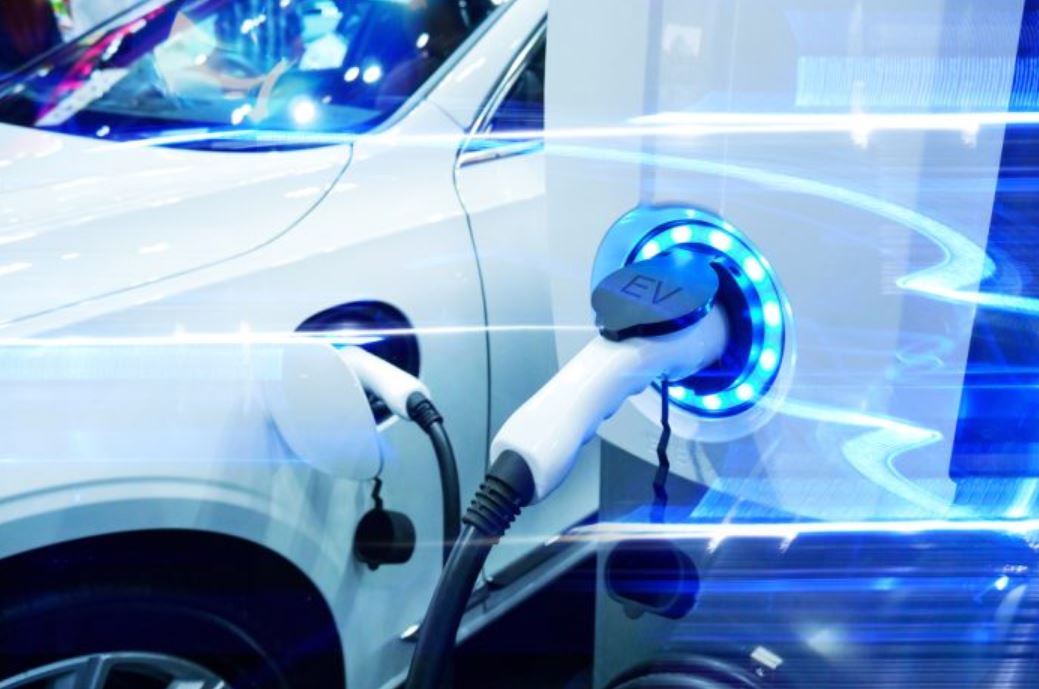 If you’ve ever been frustrated by long EV charging times or bulky battery packs, you’ll find ORNL’s latest development quite intriguing. Researchers at Oak Ridge National Laboratory have teamed up with the Soteria Battery Innovation Group to craft a current collector that promises faster charging and a lighter design—without sacrificing energy density.
If you’ve ever been frustrated by long EV charging times or bulky battery packs, you’ll find ORNL’s latest development quite intriguing. Researchers at Oak Ridge National Laboratory have teamed up with the Soteria Battery Innovation Group to craft a current collector that promises faster charging and a lighter design—without sacrificing energy density.
This new current collector uses a smart metallised polymer design that replaces most of the traditional copper or aluminium with a thin polymer core layered with ultra-thin metal. In practical terms, it cuts metal use by up to 85% and reduces weight by 75%, while packing in 27% more energy per charge. Imagine recharging 80% of your battery in just 10 minutes—this is the kind of speed that can really shift the EV landscape.
Typically, a battery’s performance is a tug-of-war between energy density and charging speed. By bridging this gap without compromising battery longevity—surviving even 1,000 extreme fast-charge cycles—the current collector paves the way for more practical long-distance travel. Moreover, its compatibility with existing roll-to-roll manufacturing means that integrating this design into coin and pouch cells is straightforward for battery producers.
Safety is also a key benefit here. In the unlikely event of a short circuit, the plastic core of the collector melts, which separates the metal layers and stops the current. This built-in circuit breaker feature helps reduce the risk of lithium-ion battery fires by up to 90%, providing an extra layer of reassurance for users.
Funded by the DOE’s Advanced Materials and Manufacturing Technologies Office, this advancement not only promises to make EV charging faster and batteries lighter, but it also supports the U.S. effort to enhance energy security and industrial competitiveness. It’s a thoughtful step towards a future where American-made electric vehicles are not only efficient but also safe and sustainable.








